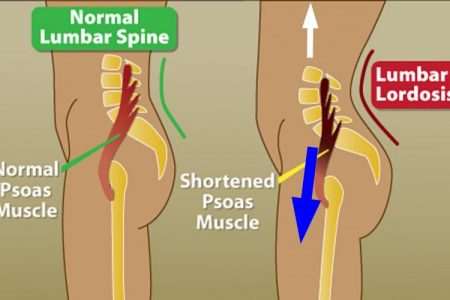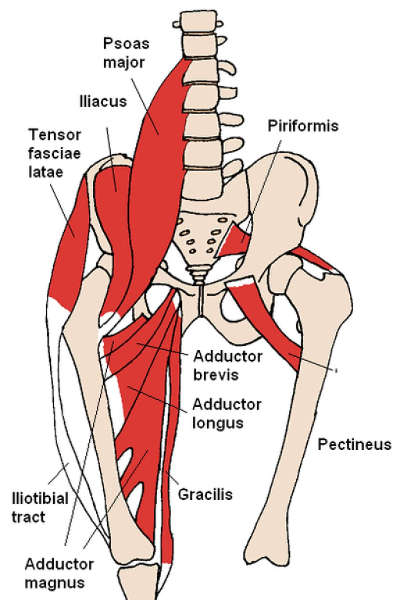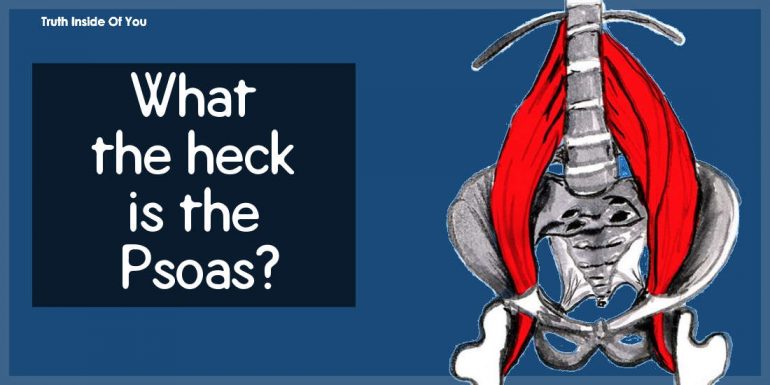Ηumans need to realise that their body is the home of their soul, and through taking care of it, one can reconnect with the powerful energy of the Earth. Therapist and filmmaker Danielle Prohom Olson took this one step further, and explained what is the physical muscle of your soul: it is our psoas.
Maybe you haven’t even heard of this muscle. It is the deepest muscle of the human body, and it is pronounced “so-az”. We have one on each side of our spines, from the 12th thoracic vertebra, to each of the lumbar vertebra. It goes through the abdomen and the pelvis, without attaching to the bones of the area, and finally connects to the top of the thigh. This image can help you understand where they are located exactly, and how they function:

The psoas are very important for most movements the body needs to perform, with walking being the first of them. They affect your balance, flexibility and muscles. They are the muscles that connect your spine and legs, while also being connected to the diaphragm. Liz Koch is a researcher that has focused on Psoas in her work “The Psoas Book”, and she explained: “Long before the spoken word or the organizing capacity of the cortex developed, the reptilian brain, known for its survival instincts, maintained our essential core functioning.”
Danielle Olson started practicing more hip opening poses during her yoga training, in order to relax her psoas, but she quickly realised this helped her levels of tension and strength. When reading Koch’s work, she made the connection between this muscle’s function and stress and spirituality, and named the psoas the “muscle of the soul”.

Through this work, one can understand that, targeting problems of anxiety and stress through medication for the mind, is not a holistic approach, and it will probably fail to achieve the absolute solution. These problems derive from a combination of lifestyle, physical condition, and psychological issues. It has to do with desk jobs, bad sitting positions, absence of proper movement, and added up tension to your psoas.
In order for you to start taking care of your psoas, and witness the miraculous effect it will have on your body and mind, you can start trying the following yoga poses:
- Conscious Savasana (lay in this pose and surrender to the pull of gravity)
- Low lunge and high lunge (Crescent pose)
- Pigeon pose
- Sitting cross-legged
- Tadasana (Mountain pose)
- Vrksasana (Tree pose)
You will not regret it, as your body will be forever thankful!
h/t: collective-evolution || Image Credits: davidwolfe









